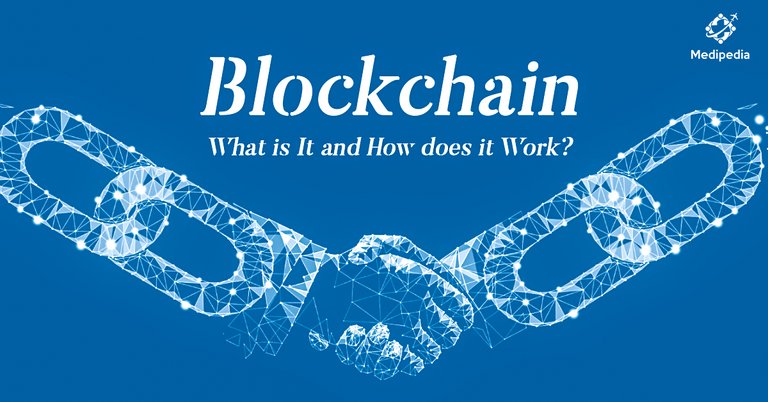
Blockchain has now become part of the common man’s vocabulary. From governments to Big Corporates, all have now accepted the big promise that Blockchain offers on its adoption. However, not until a few years back, Blockchain was not so familiar territory for even the Goliaths of the Tech-Industry. But all thanks to one Satoshi Nakamoto and his white paper titled “Bitcoin: A Peer-to-Peer Electronic Cash System”, Blockchain emerged as the black horse of the technology evolution and it has now become the elephant in the room for major financial institutions and traditional online services. Inj this blog we throw light on what Blockchain is and How it works?
An Append-only Shared Public Ledger
Yes, you read it right, Blockchain is nothing but a Public ledger (shared by all participating nodes in a network/ a public record of all transactions). However, this ledger is unlike any other because of its following characteristics:
- Decentralized
- Distributed
- Immutable
- Consensus
- Cryptography security
- By decentralized we mean that there is no central authority. No single body or organization enjoys complete autonomy on the network.
- By distributed we mean that each participating node on the network has a copy of the public ledger.
- By Immutable we mean that any records part of the public ledger cannot be reversed. The records are appended only.
- By consensus we mean any new transaction has to be approved or verified by a network of people called miners.
- Once approved the transactions are bundled as a block and added to the blockchain network using cryptographic security protocols.
Hence in layman terms, we can say that a blockchain is a secured shared distributed ledger that provides an immutable way of recording transactions. These transactions can both be tangible and intangible in nature. Bitcoin was the first practical application of a blockchain network.
How Does a BlockChain Work?
The steps involved in a Blockchain Transaction include:
Step1. A large number of Transactions from various crypto-Wallets (private-public key) forming a transaction pool or memory pool.
Step2. Forming candidate Blocks from transaction pool
Step3. Adding a header to the Block Candidates.
Step4. Hashing: Verifying Blocks (Done by miners)
Step5: Adding verified blocks to the Blockchain
Without going into details, the above steps clearly explain how a Blockchain works.
Problem with Bitcoin
Bitcoin is the first true application of blockchain suffers from over congestion. This means that the transaction cost and time in Bitcoin are much greater than normal. Hence, the result has been the so-called Bitcoin fork. Owing to growing inconsistency and disagreements between developers, the original blockchain has already been split up two times. Once as bitcoin cash and the next time as bitcoin gold.
In fact, the bitcoin gold was falsified as a miner controlled more than half of the mining power for bitcoin gold. In addition to these, there have been claims of illicit content part of the Bitcoin block. Further, the profitability of Bitcoin mining has also been under close scrutiny. Experts believe that The price of BTC must at least be $8,038 to keep the miners afloat. Anything less than would compel miners to forsake the practice altogether. Reduced number of miners will again slow down Transaction speeds.
The Other Ones
While Bitcoin is a true digital currency, others like Ethereum provide blockchain environment for creating Dapps that run on this environment. Using a set of standardized protocols, these blockchains can implement real-world solutions on the blockchain network.
Ethereum, Ripple, Hyperledger, IBM, R3, are just a few examples that are developing blockchain networks to solve real-world problems. These blockchains cater to various needs ranging from enterprise solutions to content sharing and everything in between.
What’s next for the blockchain?
In conclusion, we can say that the Blockchain does has a lot of untapped potentials, its viability is still a question for the future generations to answer. For the time being, we are just unearthing the first layers in what promises to be a game-changing innovation with the possibility of starting the 4th Industrial Revolution.
One such blockchain application is the Medipedia. It is a blockchain driven solution that delivers a perfect ecosystem for medical tourists and connecting them to cost-effective and efficient healthcare across the globe. Medipedia was also selected in incubator program called “BlocBox” hosted by Incublock in South Korea.
I've been investing for a couple of week on cryptocurrency and got interested on blockchain, base on what i read on an article "What are the Areas of Vulnerability that need Blockchain" Blockchain technology is slowly taking over our current technology and even though it has vulnerabilities still lots of systems are utilizing blockchain due to it's effectiveness.